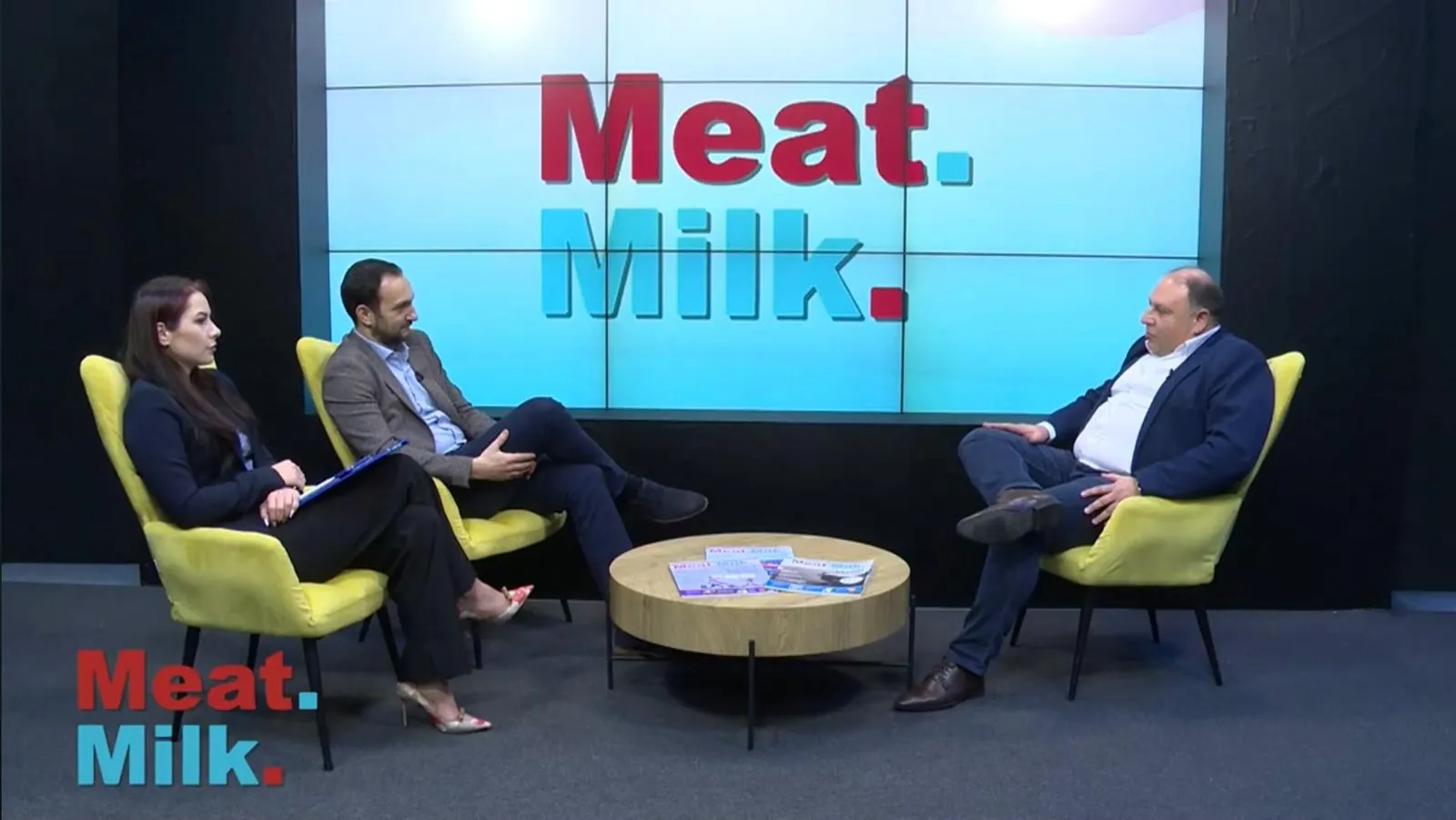1138

Processors have quietly reduced the size of some products for a while now, but consumers are becoming aware of this money-saving trick and are voting with their wallets, notes DairyReporter.
Smaller weight at the same price
Brands have slowly and quietly downsized their product sizes without reducing the price. What used to be a 100-gram chocolate bar is now mostly 90 grams.
And the colorful boxes of chocolates, synonymous with a cozy and indulgent Christmas, have also noticeably shrunk in volume, with confectionery giants Nestlé, Mars, Inc., and Mondelēz International all downsizing in the past five years.
Just the other day, Quality Street was trending on X after someone posted a childhood photo with themselves standing next to an old-style chocolate box with beloved chocolates, captioned "Christmas in the 70s. Happy days."
The post garnered responses like "a family of four could live in a 1970s Quality Street box" and "you'd need a payment plan to buy such a big box today."
Consumers are becoming wise
While consumers were slow to notice this "seismic" change, they are now taking notice and are not pleased about it. In fact, a particularly famous consumer, US President Joe Biden, referenced this modern money-saving tactic during his 2024 State of the Union address.
"It's called shrinkflation," President Biden said. "You're charged the same amount and you've got, I don't know, 10% fewer Snickers in there."
This was a continuation of his Super Bowl Sunday message where he addressed shrinkflation by saying, "sports drink bottles are smaller, chip bags have fewer chips, but we're still being charged the same.
As an ice cream lover, what annoys me the most is that ice cream tubs have actually shrunk in size, but not in price. I'm fed up with what they call shrinkflation."
Some companies reduce the number of items per pack
Giant Crisp PepsiCo, which owns Walkers, upset its loyal customer base in 2023 by reducing the number of packs in its multipacks from 22 to just 20. However, they went a step further by also increasing the price of the product. This contradicts the trend of shrinkage, where brands usually reduce the product size without changing the price.
Customers rushed to social media, with one saying, "Thanks a lot Walkers Crisps for the lack of transparency in this reduction."
However, a spokesperson for Walkers responded, saying, "We strive to offer our customers high-quality products at competitive prices. The retail prices of our products are at the discretion of retailers."
They continued by stating that "like many companies, we have changed the size of some of our products due to a number of factors influencing their production cost. We always ensure our products are clearly labeled so that consumers know exactly what they are buying."
Voting with their wallets: How many customers are brands losing in their covert effort to cut costs?
More and more consumers have reported noticing the reduction in size of the products they purchase while the price remains the same or increases.
According to consumer analytics platform CivicScience, "61% of shoppers have witnessed the effects of shrinkflation on multiple products, while another 25% have seen it on a few. Both percentages have increased since 2022, when 'inflation' first entered the popular lexicon."
Additionally, the word "shrinkflation" has been trending on social media sites including TikTok and X, as users post "the worst examples of shrinkflation" and urge others to carefully look at the weight of the products they buy to avoid being deceived.
In response to this, consumers are voting with their wallets, with CivicScience figures showing that most consumers are willing to completely abandon a purchase when faced with a smaller product, while others opt to switch brands.
This information will serve as a major concern for manufacturers who heavily rely on brand loyalty, as brand development company Qualtrics says, "brand loyalty could mean the difference between meeting or missing revenue goals."
Why are manufacturers reducing product sizes?
Unsurprisingly, cost is the primary driving force behind the evolution of shrinkflation. Manufacturers have faced increased production costs in recent years and have passed them on to their customers.
"We understand the economic pressures consumers continue to face, and any change to the sizes of our products is a last resort for our business," a spokesperson for confectionery company Mondelēz International told FoodNavigator.
"As a food manufacturer, we continue to encounter significantly higher input costs throughout our supply chain, with ingredients such as cocoa and sugar, which are widely used in our products, costing much more than they have previously. Meanwhile, other costs such as energy, packaging, and transportation remain also high.
This means our products continue to be much more expensive to make and while we have absorbed these costs where possible, we continue to face considerable challenges."
Similarly, a spokesperson for Mars Wrigley said, "We have absorbed increasing costs with raw materials and operations for some time now, but mounting pressures mean we can't keep things as they are.
Reducing the size of our products is not a decision we take lightly, but we're confident that our chocolate brands continue to offer customers and consumers the best value for money without compromising on quality or taste."
Manufacturers have also attributed the reduction in their product sizes to efforts to meet calorie intake goals. In 2019, Mondelēz International downsized several chocolate bars and biscuit packs, saying they aim to address childhood obesity by removing "billions of calories" from the UK and Ireland markets.
"We fundamentally believe it's important to support parents when they choose to treat their children, as we understand it can sometimes be confusing.
By introducing this calorie cap, we make it easier for parents to find a treat with fewer than 100 calories for their children," a spokesperson for Mondelēz International said at the time.
However, it doesn't seem that the price of the product has been reduced to match the reduction in product size. (Photo: Freepik)





